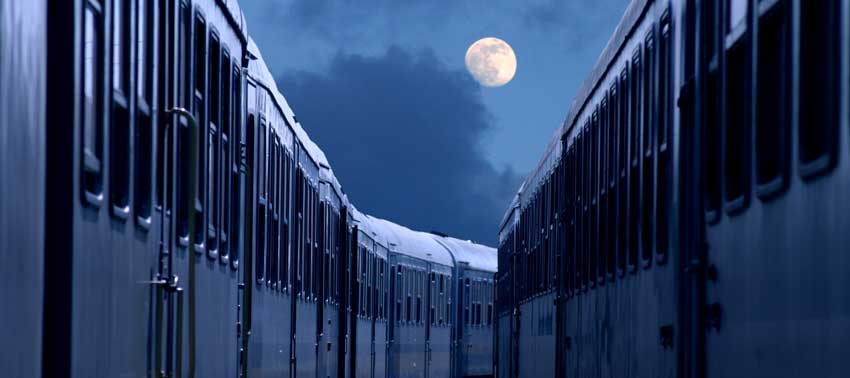The prospects for developing overnight train traffic in Europe
Mikael Thorsén, student at Lund Technical University, recently wrote his master’s thesis on the development and prospects of night train traffic in Europe, in collaboration with Trivector. The results are based on a comprehensive literature review and interviews with key players.

Since the beginning of this century, overnight train services have decreased sharply, and there are now few night train lines in operation in western Europe. Two key explanations for this development are competition from low-cost flights, and high-speed (day time) rail journeys. An interesting observation is that railway operators sometimes are uninterested in running overnight train lines because these would compete with their high-speed day trains for the same travellers.
Reasons for decline
Other explanations for the decline in recent years are:
- High operating costs
- Policies that reduce rail traffic’s competitiveness compared to road and air traffic, such as high infrastructure fees, VAT on train journeys (while international flights are exempted from VAT) and the absence of taxes and fees that fully internalise the negative external effects from road and air traffic on climate and environment
- Need for new waggons
- Difficulties to book tickets
- Technical incompatibility: Different countries may have different standards for, for example, track width, electrical and signal systems etc., that hinders cross-border rail traffic.
- Lost network effects due to disused lines
ÖBB’s night services – a successful exemption
However, there are exemptions. One example is ÖBB with their overnight traffic in Austria and surroundings. The central location of Austria, the lack of high-speed train lines and poor air connections make the night trains still competitive. Government subsidies for rail traffic and public service contracts mean that the public rail company ÖBB has a relatively secure market position and can work with a systemic perspective, which gives synergy effects throughout the rail network.
Right length of trips
In terms of success factors for overnight traffic, an important condition is that trips are the right length to allow for a good night’s sleep. With current lanes this means that overnight services are suitable for distances of 600 – 1500 km. Other success factors identified in the study are:
- Integrated reservation service
- Increased comfort
- More modern motorcar trains / high speed night trains
- Lower ticket price
Recommendations for more night train traffic
To shift the trend and increase night train traffic in Europe, the study suggests that investments are needed in either budget travel or high comfort travel. Regardless of which option is chosen, reduced rail charges and other policy changes are also required.
Operators should focus on modern motorcar trains capable of speeds of 200 km / h when investing in new vehicles. In addition, infrastructure managers should consider implementing fixed track charges over longer periods of time to reduce operators’ risk taking in procurement on contracted traffic. If the EU wants to support overnight train services, there is a need to agree on a common definition of “night train”, and then allow for reduced track charges for this specific segment. In addition, the EU should start collecting statistics on overnight travel, introduce a common carriage pool, and consider introducing international traffic duties within the Union.
More information
Learn more about Collective transports
You may also contact Johan Kerttu, Trivector, the supervisor of Mikael Thorsén.

